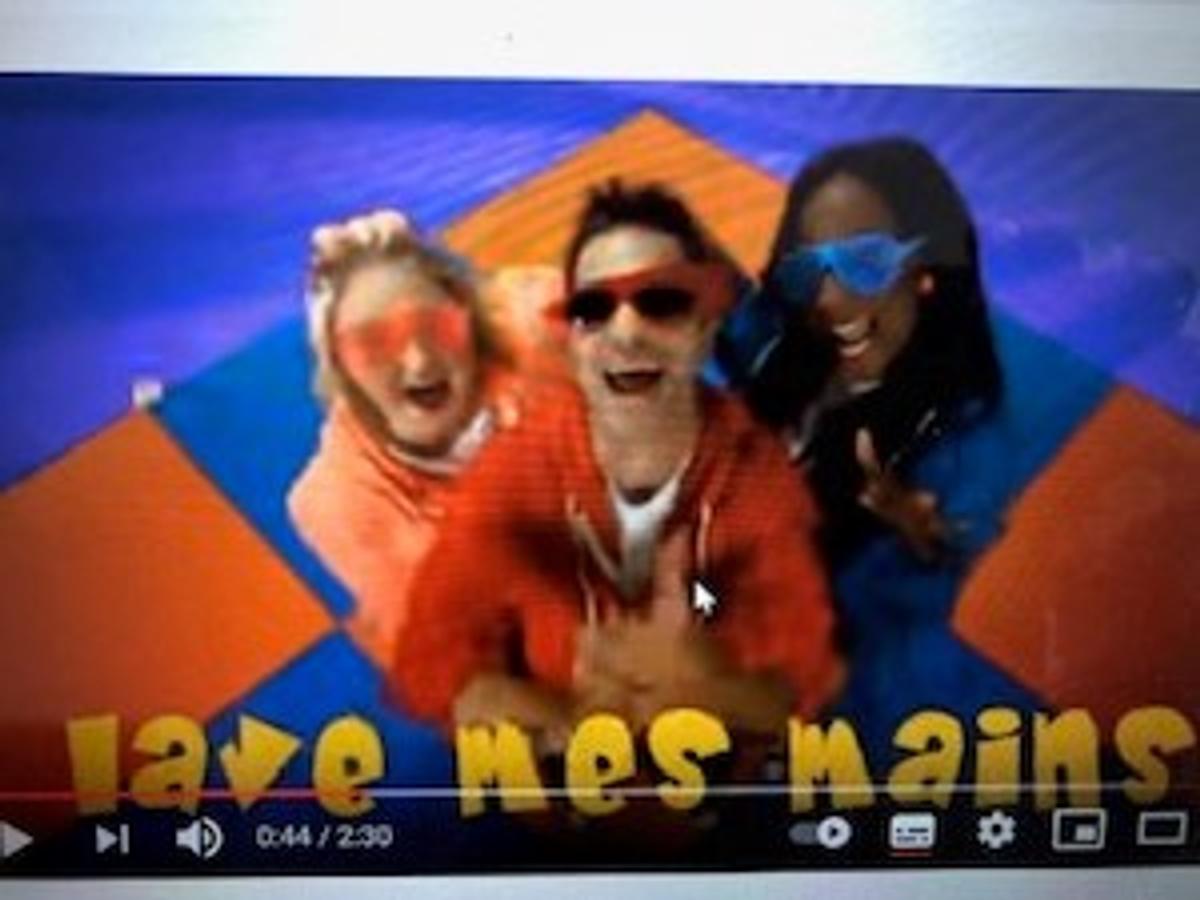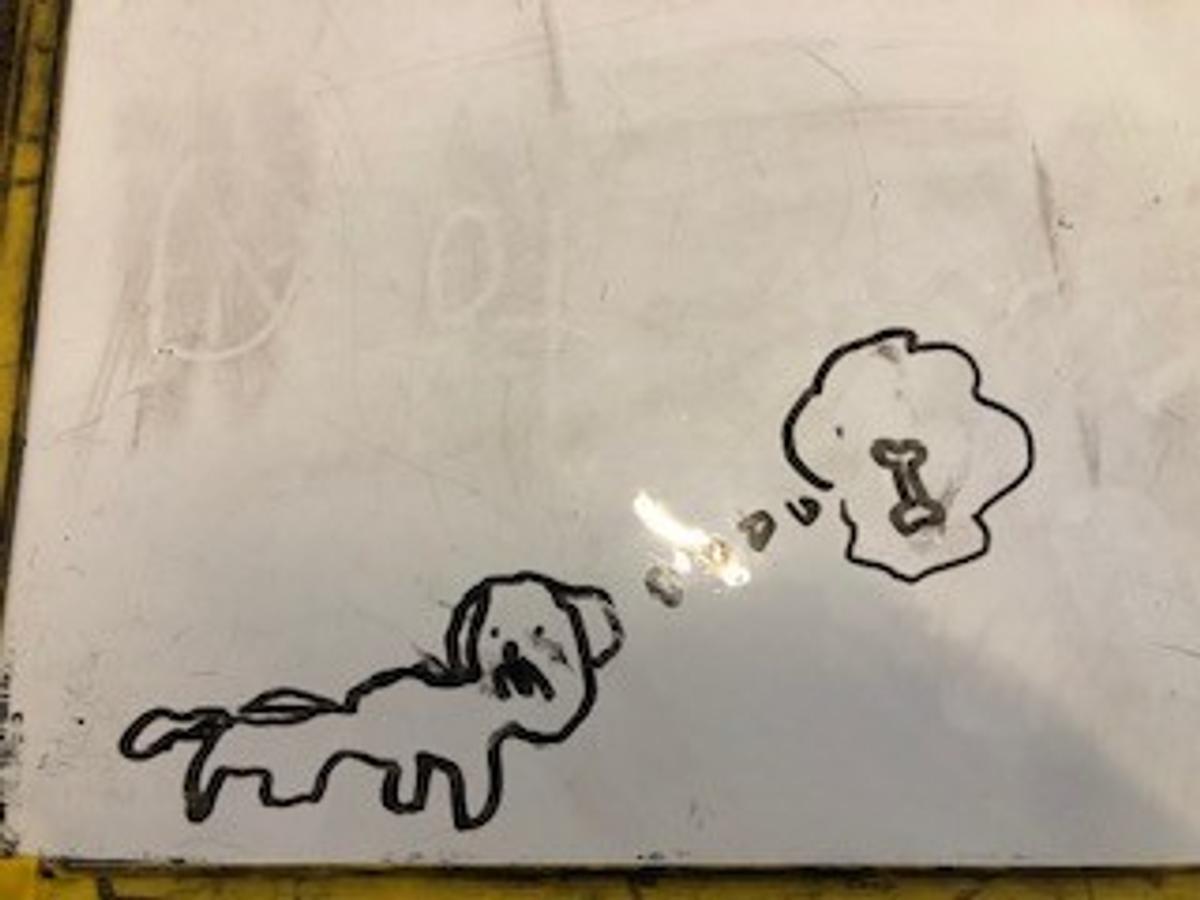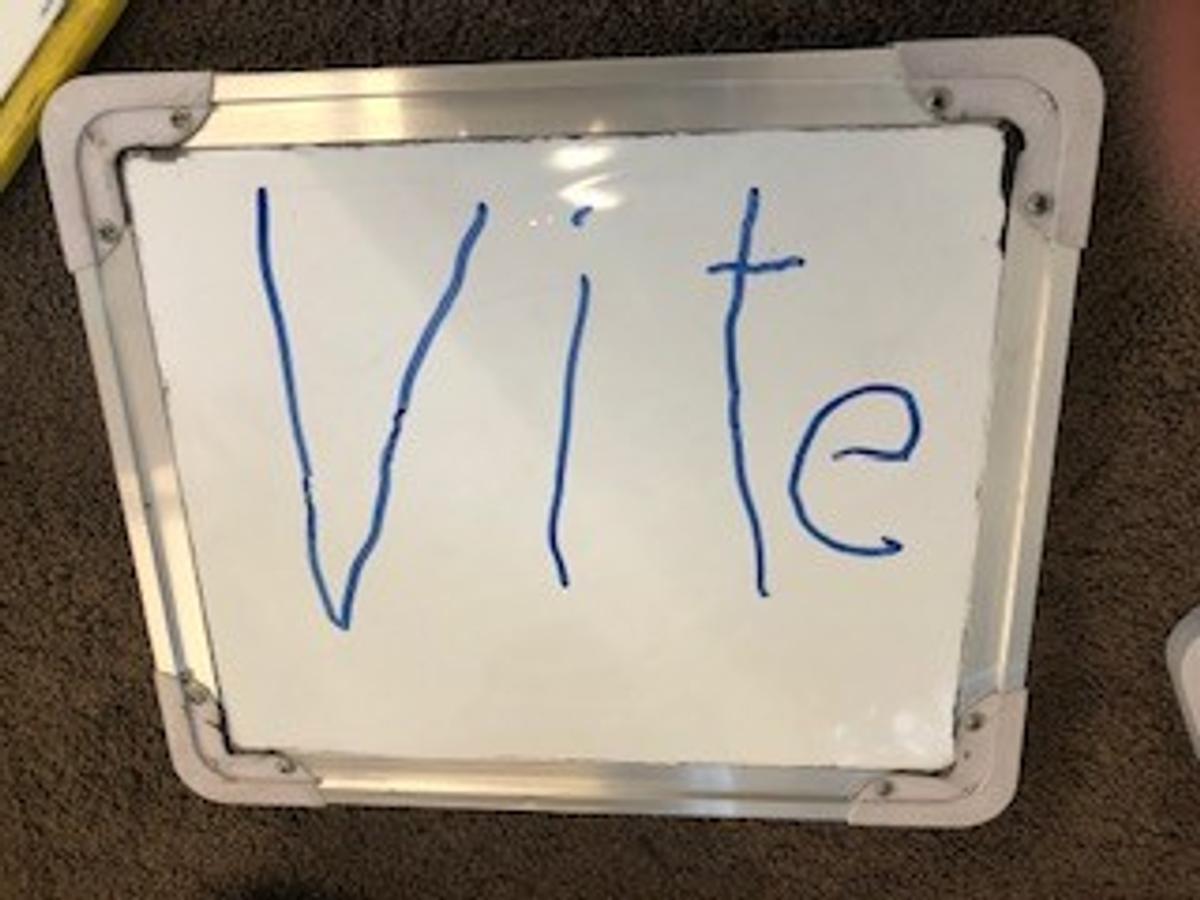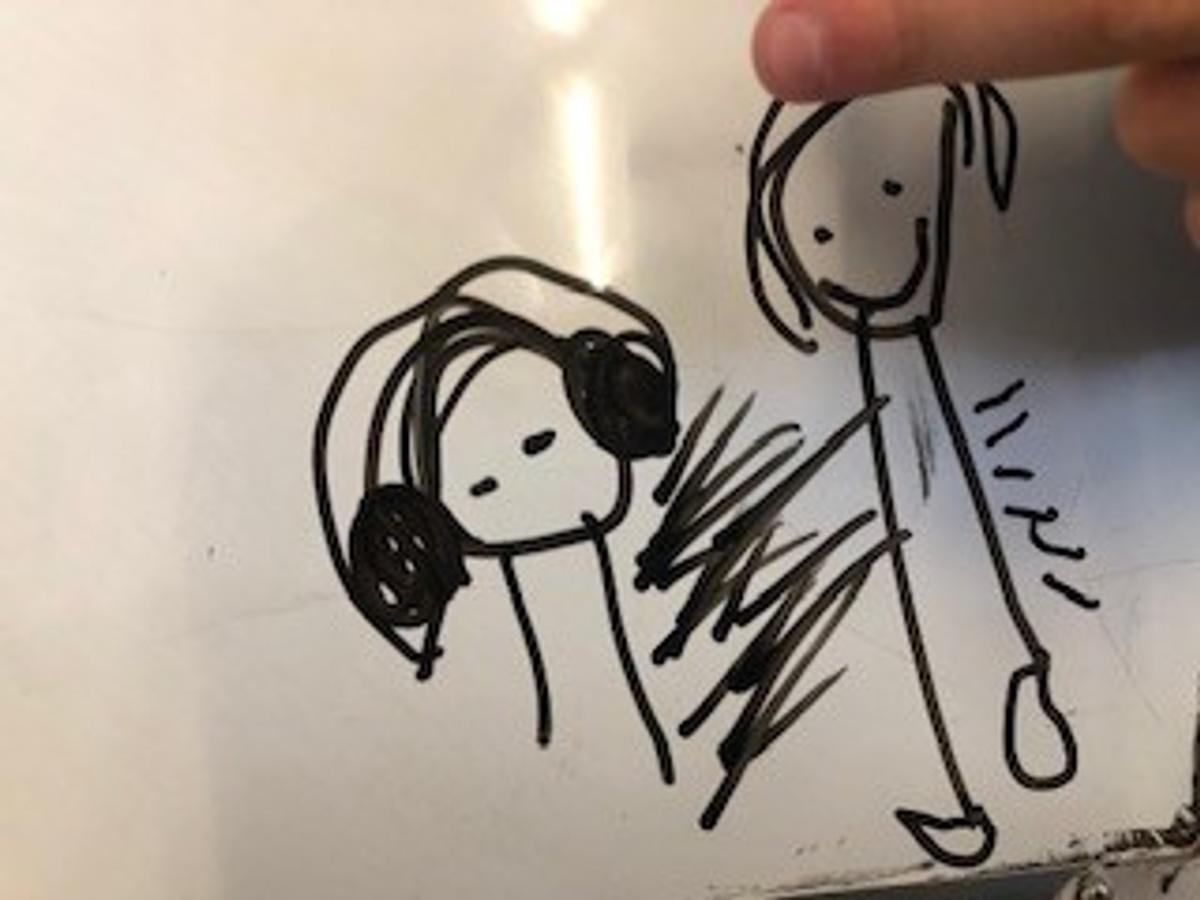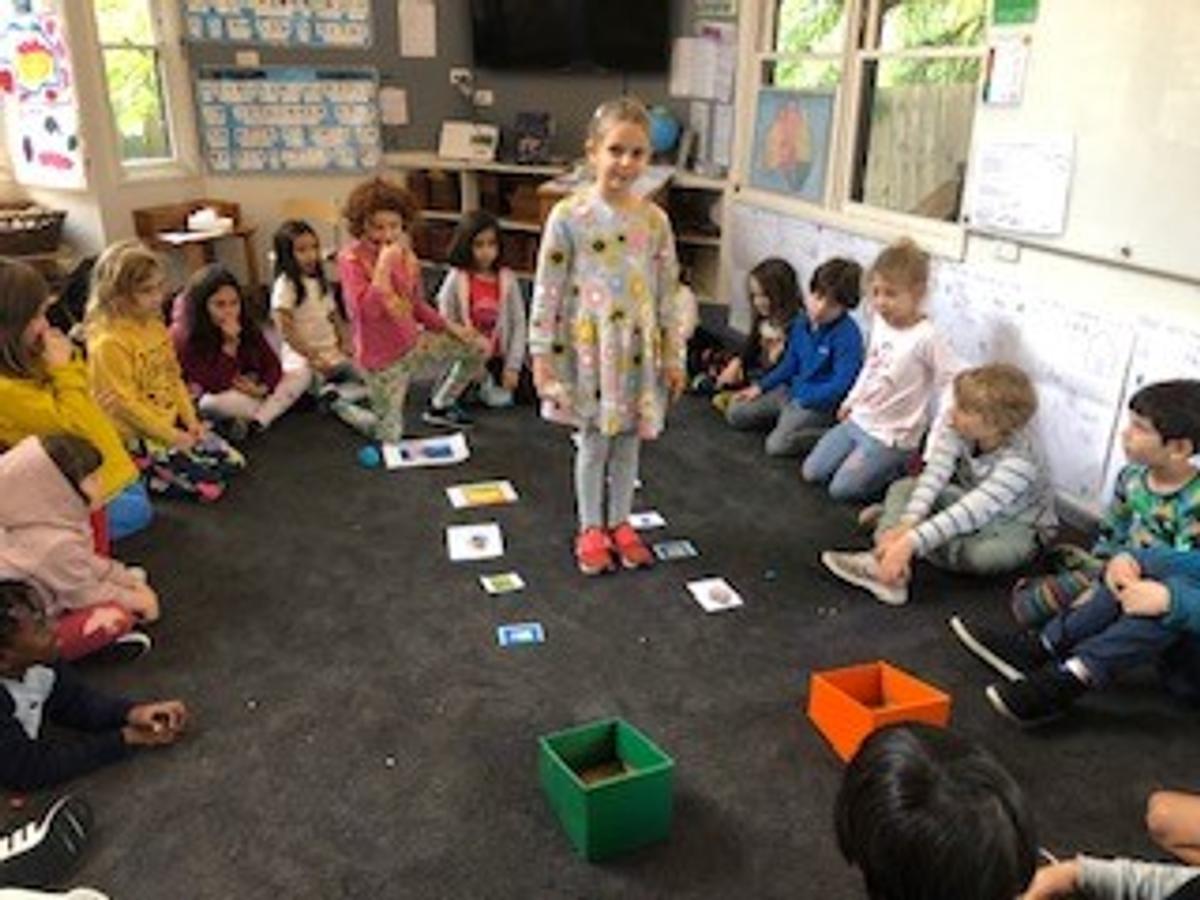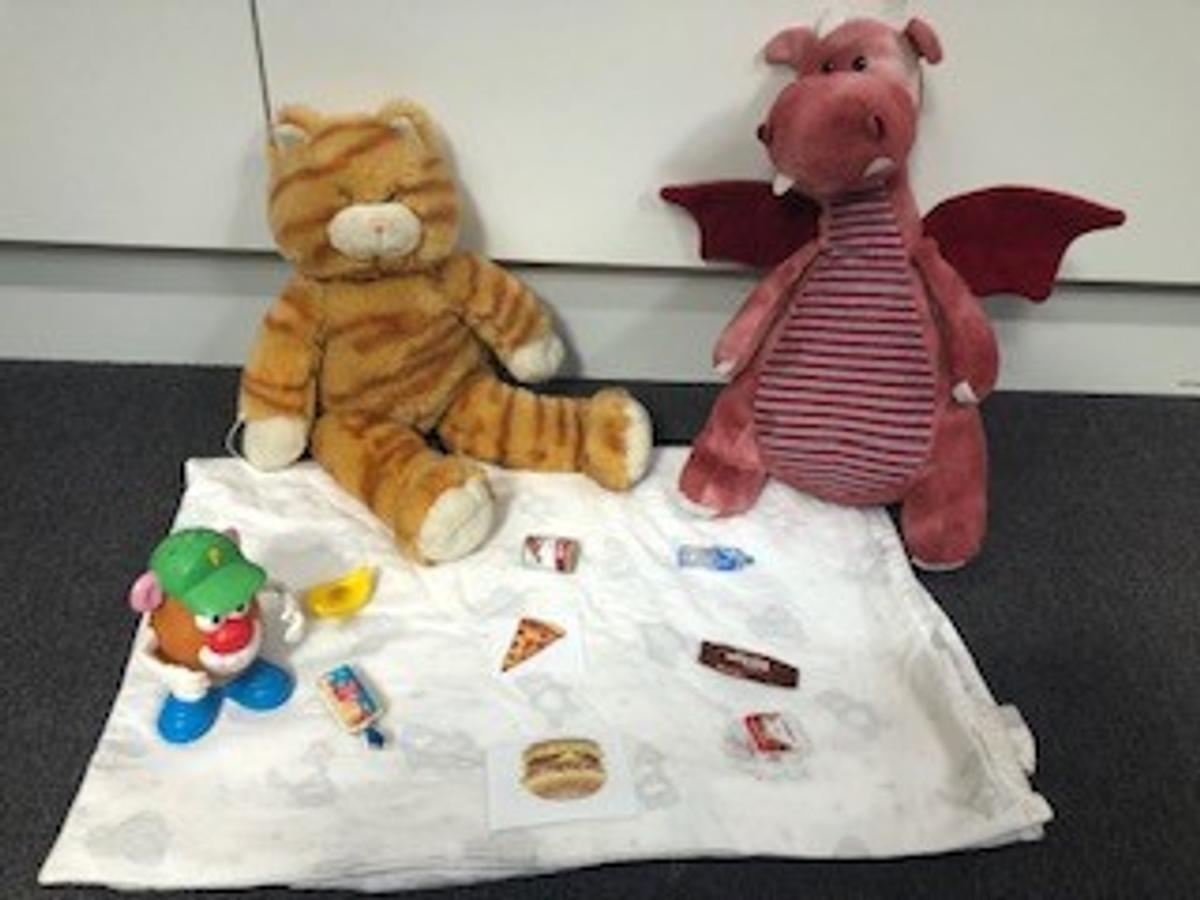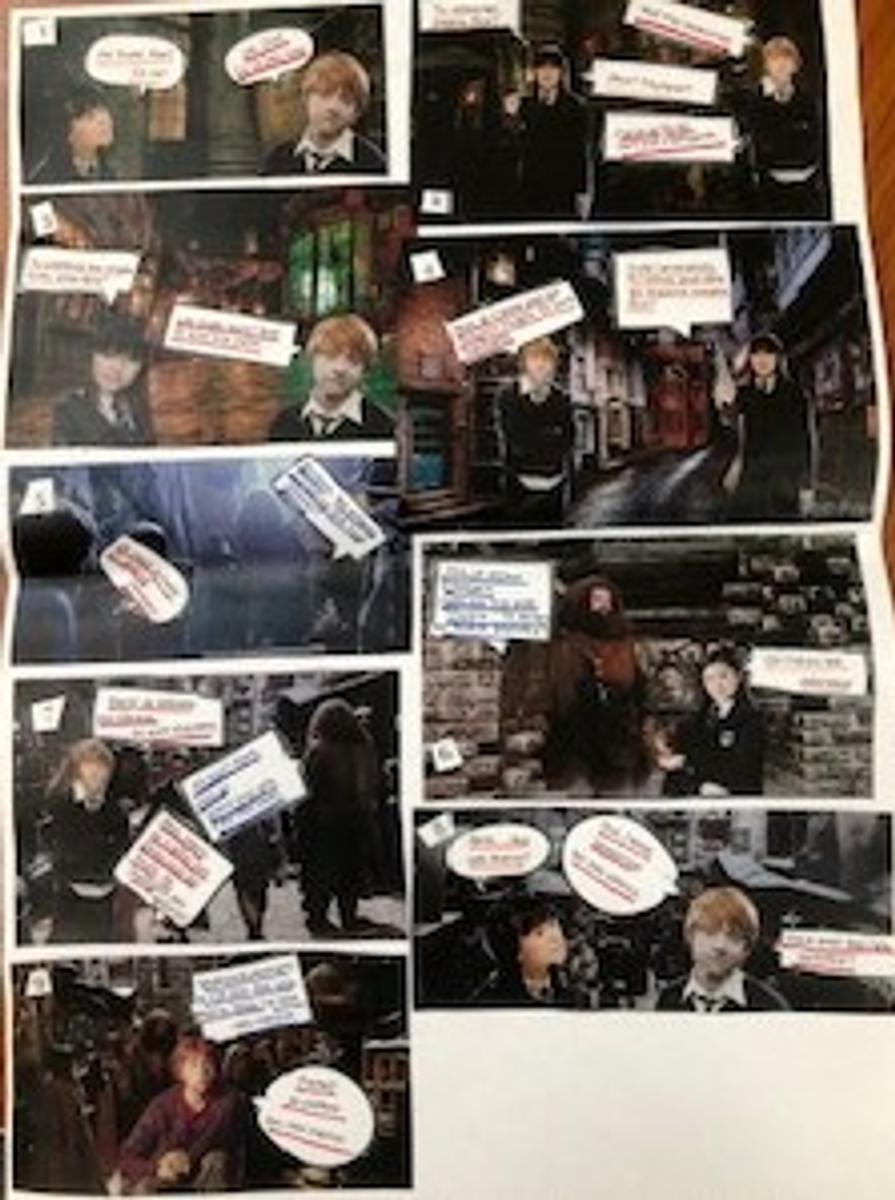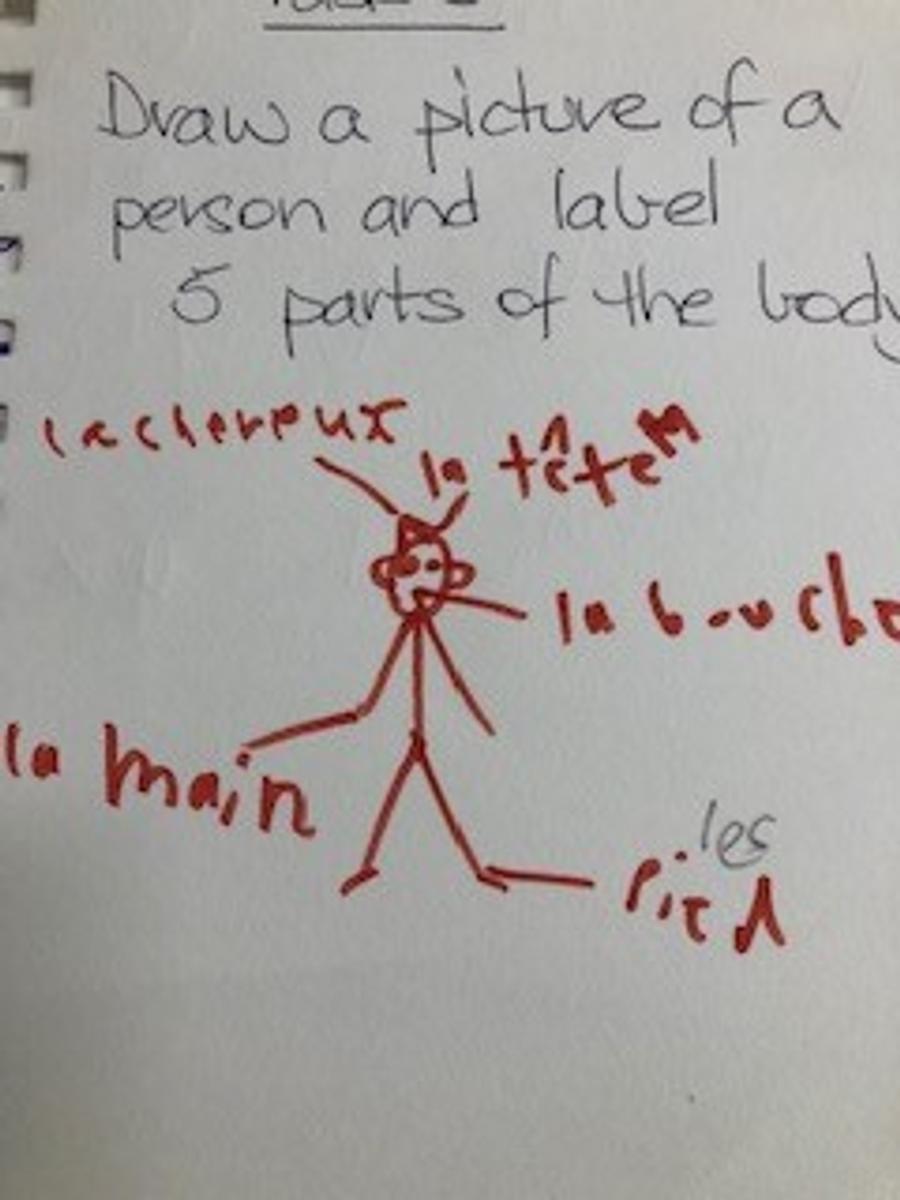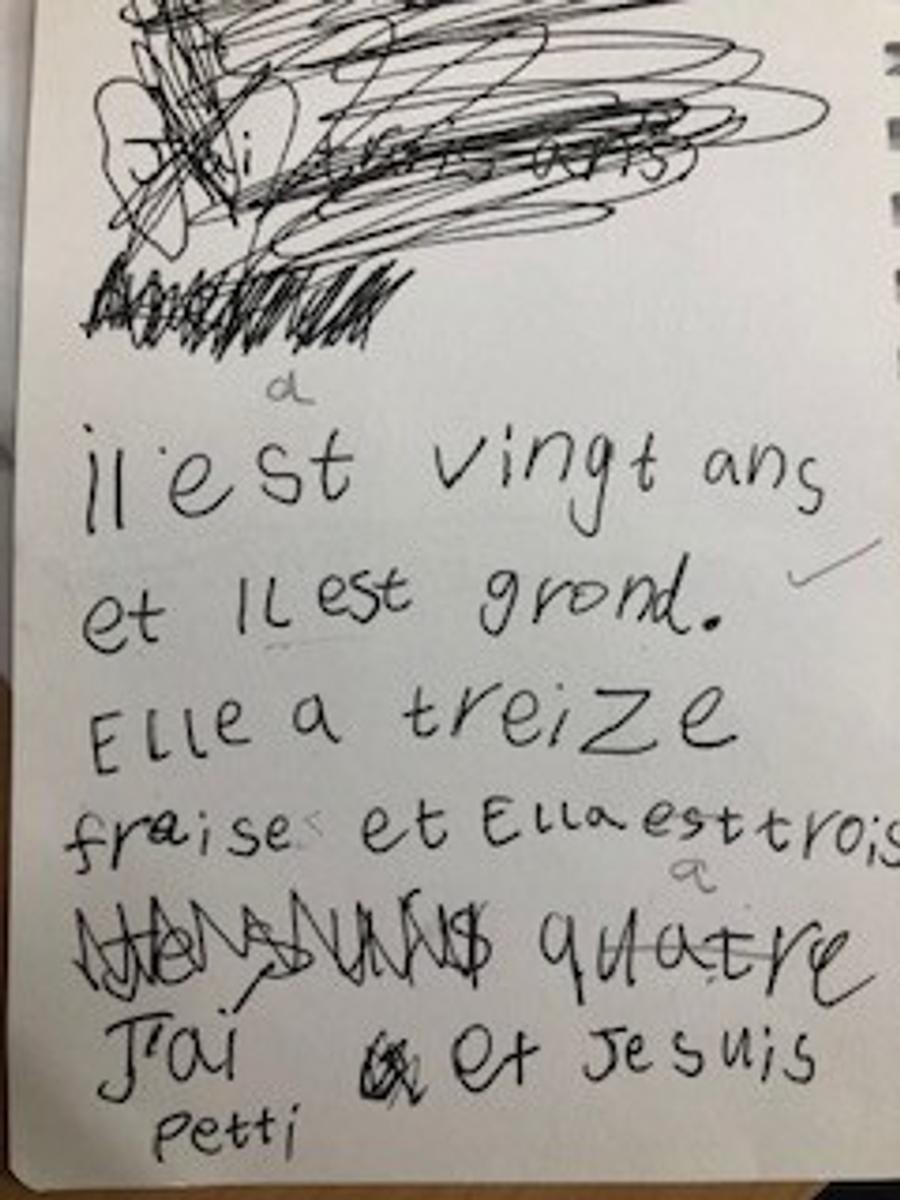French
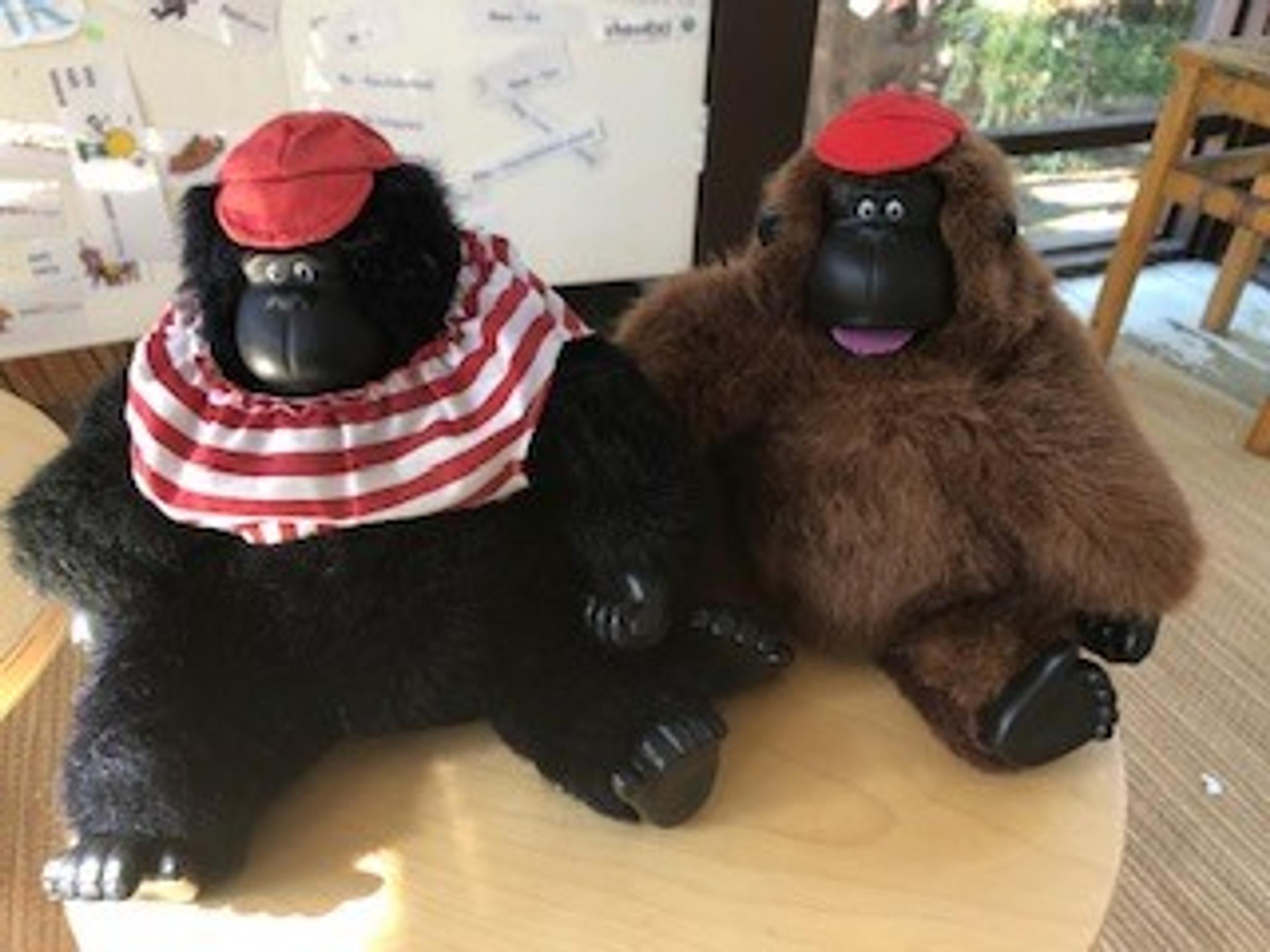
FRENCH
KINDERGARTEN:
Stories continue to be a favourite part of our French language learning. We keep the plot simple, pepper the narrative with known French words and characters, and encourage audience participation to decide how the story might evolve. Will Sid be gentil ou mèchant today? Stories and story telling are universal, no matter what language is used. They can assist to promote brain development, imagination, language and emotions.
We like to end our session with a dance and sing along to one of our favourite songs – a very appropriate sign of the times – “Je lave les mains” (I wash my hands.)
LIGHTHOUSE
Verbs and prepositions and nouns – yes we are learning and using grammar terminology. In the Lighthouse, the children are often found displaying verbs such as “tombe”, “vole” and “vomit” - oh mais non!! At times you might even discover different looking Madame Suzannes’ using gestures to lead the class – smaller and many years younger.
We continue to build up our vocabulary, using actions, songs and stories and some of us have started to include some French writing – how lucky that the English and French alphabet are the same.
I am often asked – “What is the word in French for ……….” The children will then comment whether that sounds “même” (same) or “different” to the English version. This demonstrates their increasing metalinguistic awareness.
Metalinguistic awareness is “the understanding of how language works and how it changes and adapts in different circumstances.”(Beeman & Urow, 2013).
The Lofthouse continues to amaze me with their French understandings. We continue to focus on our AIM story La Poule Maboule. The children can now re-tell the whole story using actions and have nearly finished creating their puppets. Playing games allows repetition and opportunity to consolidate our vocabulary and Sid’s stories provide the chance for the children to listen to French words in context.
The children have been keenly awaiting the resumption of our Muzzy story. Being invested in the characters and storyline provides wonderful opportunities for expanding our vocabulary and sentence structure. Who would have thought that 6 and 7 year olds would know the meaning of the sentence “Muzzy mange les horloges” – Muzzy eats clocks. Perhaps not a sentence they will use on a trip to France, however they could always substitute different vocabulary into the existing sentence structure.
We have continued to explore the origins of the English language and the strong connections to the French language. Over 10,000 English words come from French, with many others derived from Latin, the language from which French originated.
We discovered that English is a very flexible language in that it can adopt and incorporate words from other languages. This is fortunate indeed as it resulted in its continued existence and growth despite William the Conqueror and the 1066 Norman invasion of England.
We also discovered that English has a few inflexions, French has many and Chinese almost none at all. This is because the Chinese language uses characters rather than letters. Max helped confirm this by demonstrating how to write a Chinese character. If he wants to add meaning, he will add a new character but doesn’t alter an existing character. In English and French, we change the endings of words to change meaning based on things such as verb tense, subject number or gender.
We have begun a new AIM story, “Comment y aller?” which helps us to continue to expand vocabulary and grasp new grammar points – welcome the new verb term “infinitive” – (note, not the Marvel Infinity Wars).
We even had a go at a senior school comic strip inspired by Harry Potter – what!! Senior school work in the 8s & 9s!!
We continue to focus on oral skills in the Peppercorns to build confidence and improve on our pronunciation skills. The children show great courage to always have a go and we are starting to hear some wonderful rolling “r” sounds. This continued practise prepares the different parts of “la bouche” for some of the unusual sounds in the French language – try saying “J’ai quarante un ans” (car-ront- ahn-on).
During group conversations and the change la chaise activity, we are repeating common known phrases with the intention of these becoming second nature. They also provide grammar teaching opportunities. For example, in French we say “I have…. years”, rather than using the verb to be, “I am ….. years.”
We have begun to include some further written work into the program to provide opportunities for the children to make connections across their learning. Writing sentences in French is challenging but enables us to
- display and confirm our grammar understandings
- manipulate the language to express our personalities
- revisit vocabulary so that it can be mapped to our memory
Finally we were very pleased to welcome “le frère de Monkey D Snoopy” into our class. He possesses an extra skill set to his brother – “il danse!” We are yet to name him – voting is currently taking place. The children believe an outfit is in order for him – if anyone has some old dolls clothes looking for a new home? Albie suggests a suit and briefcase…..
Suzanne Banfield
French Language Teacher



